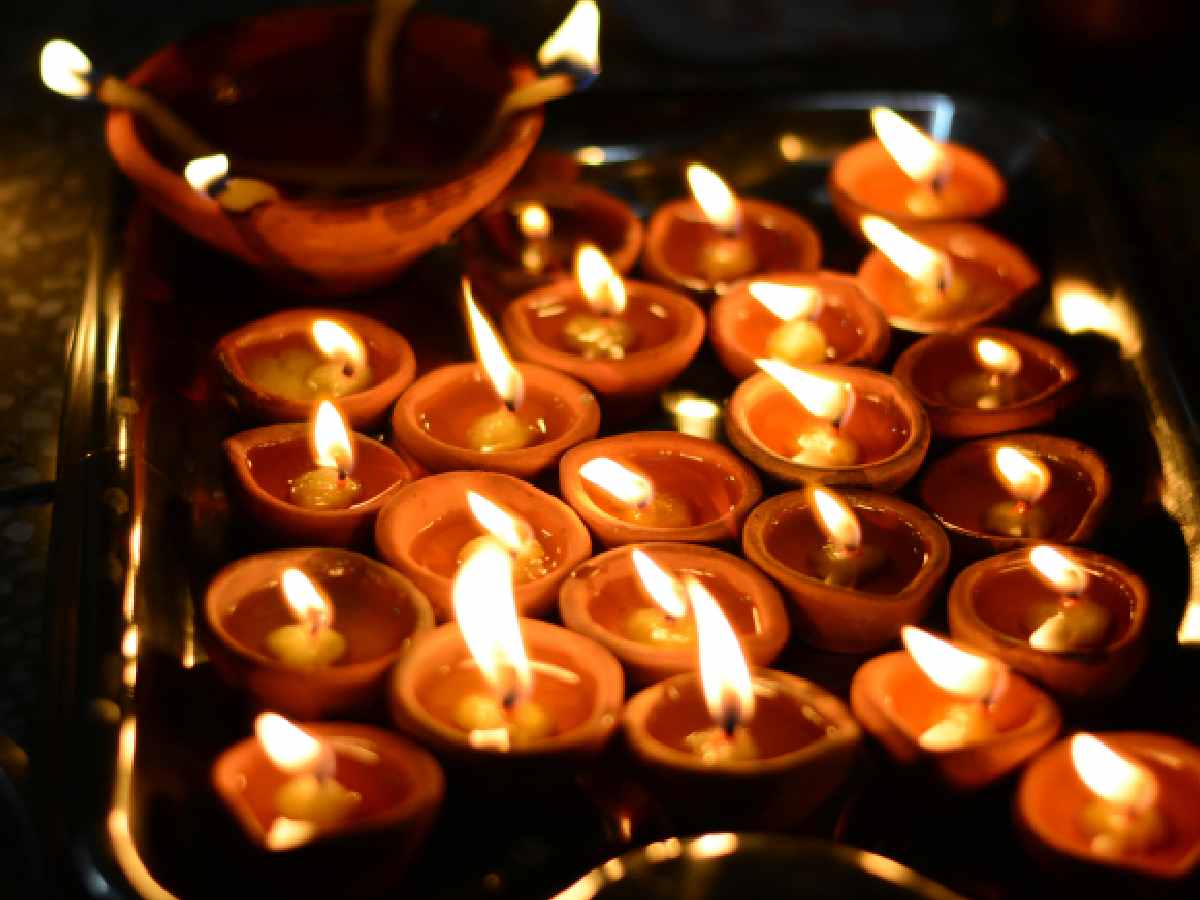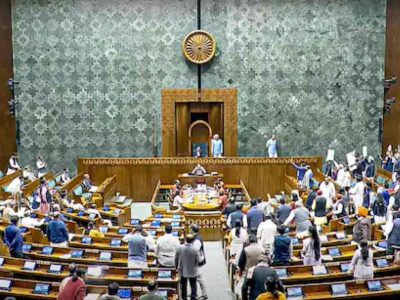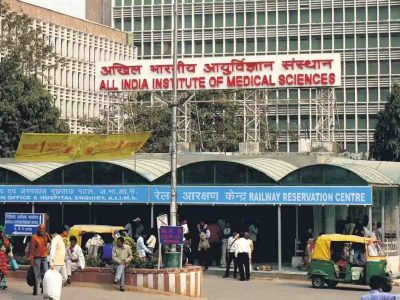As Diwali draws near, Professor Dr GC Khilnani, a leading pulmonologist and Chair of the PSRI Institute of Pulmonary, Critical Care, and Sleep Medicine, urges increased awareness of the environmental and health risks posed by firecrackers. Traditionally celebrated as the festival of lights and joy, Diwali symbolises prosperity and unity.
However, Dr Khilnani emphasises that choosing eco-friendly ways to celebrate this year can lead to cleaner air and contribute to a safer, healthier community.
Hidden dangers of firecrackers
Firecrackers have become synonymous with festive celebrations, especially during Diwali, the New Year, and national events. Yet, Dr Khilnani warns, they carry hidden dangers that are often overlooked amid the festive fervour.
“Unlike other forms of celebration, firecrackers pose serious health and environmental risks,” he explained, noting that they emit a range of toxic gases, dust particles, and heavy metals.
“This isn’t just about noise pollution; it’s a serious health issue as well, one that especially affects children and individuals with respiratory conditions,” he says.
Also read: Stay Healthy: 7 essential tips to prevent viral fever
The decorative packaging of firecrackers rarely discloses the dangerous substances they contain, unlike cigarette packaging, which bears statutory health warnings. This lack of information is troubling, especially given the widespread misconception that firecrackers, because they are commercially produced, are relatively harmless.
Firecracker ingredients carry severe PM 2.5 pollution risk
A firecracker’s components include fuel, oxidisers, colouring agents, and binding materials—all of which contribute to air pollution. The fuel, usually charcoal, is mixed with oxidising agents such as nitrates, chlorates, and perchlorates to make the firecracker more explosive.
Heavy metals like aluminium, barium, strontium, and copper provide the colours, while regulators control the speed of burning. Paper and glue act as binding agents to package these elements.
The real concern, Dr Khilnani highlights, is the emission of PM 2.5 particles. Particulate matter less than 2.5 micrometres in diameter, or PM 2.5, is a severe air pollutant that easily penetrates the respiratory system and enters the bloodstream, causing inflammation.
Studies show the alarming levels of PM 2.5 produced by different firecrackers.
“Just one ‘snake tablet’ emits 64,500 µg/m³ of PM 2.5 within three minutes,” he explained.
“Garlands, pulpuls, sparklers, and anars similarly produce thousands of micrograms per cubic meter of PM 2.5 within minutes.”
For perspective, this concentration far exceeds the pollutants emitted by a cigarette, yet comes with no health warnings.
Immediate and long-term implications
Dr Khilnani stresses the health risks associated with firecracker pollutants, which include immediate respiratory difficulties and long-term chronic conditions.
“These pollutants can trigger asthma attacks, bronchitis, and breathing difficulties, resulting in increased hospital visits and emergency room admissions during the festival season,” Dr Khilnani said.
Furthermore, he noted that repeated exposure to PM 2.5 and the gases released by firecrackers can lead to chronic respiratory diseases, lung fibrosis, and even cancer.
Pollutants from firecrackers include volatile organic compounds, polycyclic aromatic hydrocarbons, carbon monoxide, and sulphur oxides. These gases and particles exacerbate respiratory diseases and lead to systemic inflammation, increasing the risk of heart disease and affecting other vital organs.
Also read: Delhi doctor performs mid-flight emergency procedure, saves passenger from urinary retention
Studies have demonstrated that particulate pollution from firecrackers is much more harmful than ambient air pollution caused by vehicles and industry, due to the high concentration of toxic substances and the immediate exposure levels during celebrations.
The young and elderly are most vulnerable, as their immune systems are either underdeveloped or weakened. Children, who are often directly exposed to firecrackers, face the brunt of these pollutants, as do the elderly, who are already susceptible to health complications from environmental pollution.
“The small particle size of PM 2.5 is especially concerning because these particles bypass the body’s natural defences, entering the bloodstream and causing widespread inflammation,” Dr Khilnani explained.
“The result is a heightened risk of respiratory illnesses, cardiovascular problems, and brain inflammation,” he said.
Regulatory gaps in firecracker safety
India’s regulatory bodies, including the Petroleum and Explosives Safety Organisation (PESO), have set certain standards for firecrackers. These regulations set caps on sulphur, nitrates, and aluminium content to limit environmental damage.
For instance, sulphur content should not exceed 20%, nitrate content 57%, and aluminium content 24% in firecrackers. However, certain heavy metals, such as aluminium and barium, are not yet regulated despite their harmful effects.
While the Supreme Court of India has banned crackers containing lithium, mercury, lead, and antimony, the lack of mandatory labelling on firecracker packaging allows unregulated substances to be used without the consumer’s knowledge.
Potassium chlorate-based crackers are prohibited due to their high toxicity, yet many other types of firecrackers still release hazardous gases.
Firecrackers pose a unique challenge as they are often marketed without health warnings, meaning people—especially children—are unaware of the risks. Dr Khilnani expressed concern that these unlabelled products are available to all age groups. “There is no statutory warning, age restriction, or content listing, unlike with cigarettes,” he observed. “This is an oversight that poses a severe risk to public health.”
The air pollution crisis in India
India faces a significant air pollution problem, with 13 of the world’s 20 most polluted cities located within its borders. Delhi, in particular, grapples with extreme air quality issues, making it one of the most polluted cities globally. During Diwali, the high levels of pollutants already present in the city’s air are exacerbated by firecracker use, causing a sharp rise in respiratory ailments and emergency cases in hospitals.
The situation is particularly concerning for indoor air quality, which deteriorates due to the infiltration of outdoor air pollution and the continued use of fossil fuels like wood, coal, and cow dung in poorly ventilated homes. According to Dr Khilnani, the combined effect of indoor and outdoor air pollution leads to a substantial number of preventable deaths each year, especially among women and children who are most exposed to indoor smoke.
Embrace eco-friendly traditions over firecrackers
Dr Khilnani calls for a rethink in how Diwali is celebrated, urging citizens to embrace the festival’s original meaning: the victory of light over darkness and knowledge over ignorance.
“Indian civilization has always valued co-existence with nature,” he said, referencing traditional Diwali prayers offered to Mother Earth.
He believes that the true essence of Diwali lies in protecting and honouring our environment rather than damaging it for short-lived enjoyment.
The symbolic lighting of diyas, the decoration of homes, and the sharing of sweets, he suggests, can replace the harmful and unnecessary addition of firecrackers.
Dr Khilnani also encouraged eco-friendly alternatives like electronic fireworks or LED lights to create the same festive ambiance without the pollution.
“Celebrating with awareness doesn’t mean giving up joy; it means ensuring that our joy doesn’t come at the expense of our health and the health of future generations,” he stressed.





